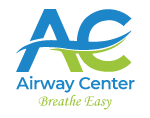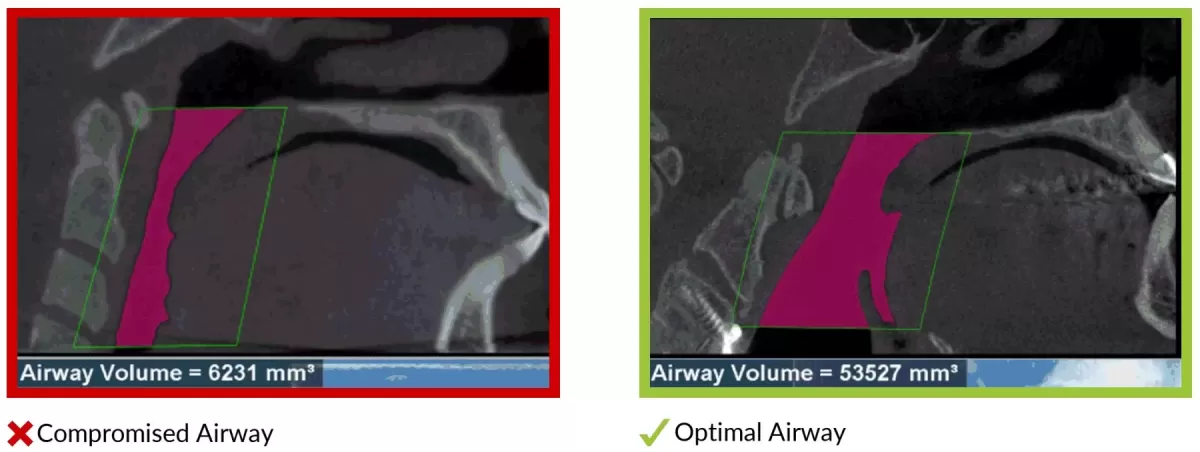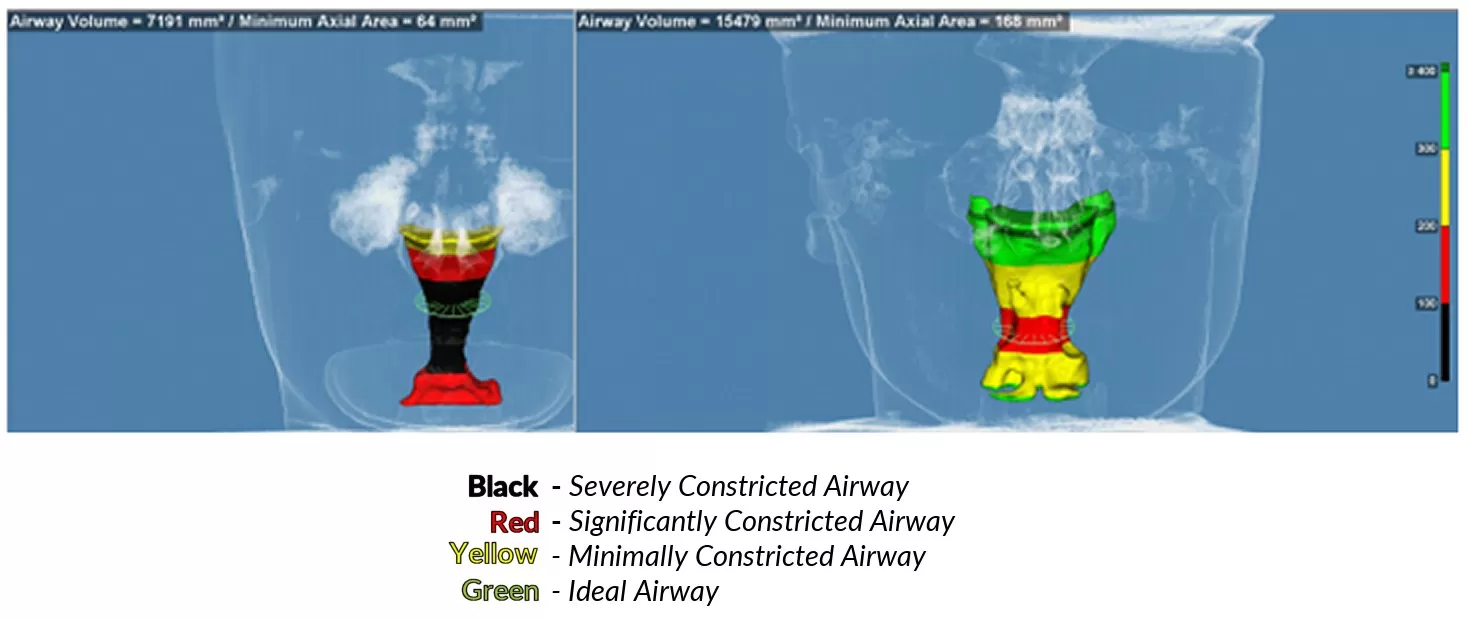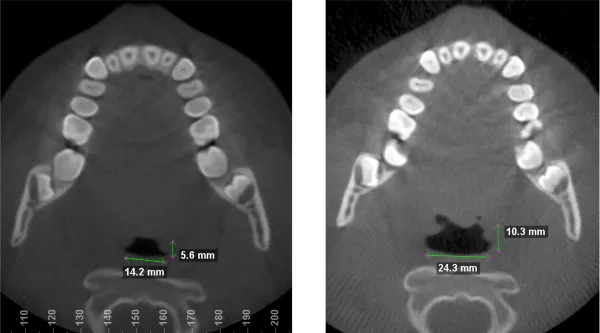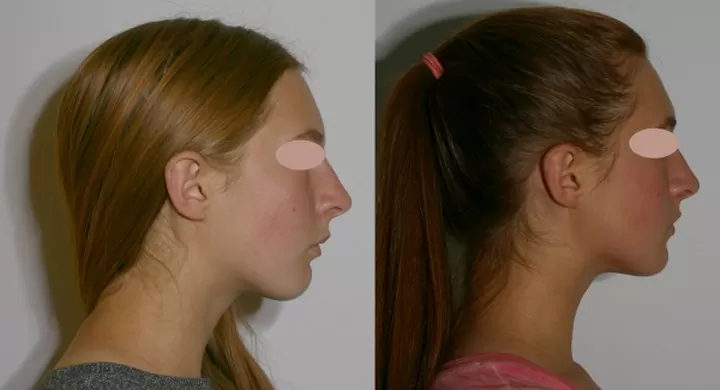
Airway Orthodontics
OSA Is A Killer - 90% Of People Today Are Born At Risk
Obstructive Sleep Apnea (OSA) initially develops from some level of sleep-disordered breathing.
Cancer used to be a disease that was experienced by those over age 70.
Sleep apnea also used to be a disease for people in their later years of life.
Today there are many pediatric cancer centers and also pediatric sleep centers.
There are many causes of disease and doctors are learning that having quality REM and deep sleep cycles are fundamental in having a healthy immune system and enjoying a healthy life.
Airway Orthodontics can make a major impact on your REM and deep sleep cycles, your breathing and your overall health.
Below are some examples illustrating how your teeth and jaw structure is a major defining factor in your airway.
Sleep apnea also used to be a disease for people in their later years of life.
Today there are many pediatric cancer centers and also pediatric sleep centers.
There are many causes of disease and doctors are learning that having quality REM and deep sleep cycles are fundamental in having a healthy immune system and enjoying a healthy life.
Airway Orthodontics can make a major impact on your REM and deep sleep cycles, your breathing and your overall health.
Below are some examples illustrating how your teeth and jaw structure is a major defining factor in your airway.
The purple zone is the airway of two different people. The one on the left has a total volume of about 6,200 mm ^3, while the one on the right has a volume of about 53,000 mm ^3.
How do your teeth and jaw development affect your airway?
When your upper and lower jaws develop farther forward, there is more space for your airway. When your teeth and jaws are under-developed, there is more of a constriction or narrowing of your airway. Your tongue does not have adequate room in your mouth and rests in your airway space which contributes to the symptoms listed.
How do your teeth and jaw development affect your airway?
When your upper and lower jaws develop farther forward, there is more space for your airway. When your teeth and jaws are under-developed, there is more of a constriction or narrowing of your airway. Your tongue does not have adequate room in your mouth and rests in your airway space which contributes to the symptoms listed.
- Short List of Common Symptoms of People with a Compromised Airway:
- Allergies
- Anxiety
- Asthma
- Depression
- Grinding and Clenching
- Headaches
- Impacted Wisdom Teeth
- Migraines
- Neck, Shoulder and Back Pain
- Sleeping Issues
- TMJ Pain
- Wear on the Front Teeth and/or Canines
How an Airway Can Improve Via Airway Orthodontics with Airway Center
This before treatment airway on the left shows a very constricted airway as demonstrated by the amount of black shown. The airway is black predominantly in the area behind the tongue. Having adequate room for the tongue in the mouth is critical for healthy breathing and sleeping.
The right photo shows an improved airway during treatment. There are no black zones. Most of the airway is yellow or green. The airway behind the tongue is the most constricted as shown by the red. As we continue treatment, we will allow more room for the tongue in the mouth and increase the airway.
The right photo shows an improved airway during treatment. There are no black zones. Most of the airway is yellow or green. The airway behind the tongue is the most constricted as shown by the red. As we continue treatment, we will allow more room for the tongue in the mouth and increase the airway.
